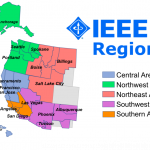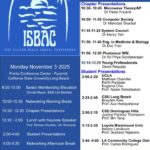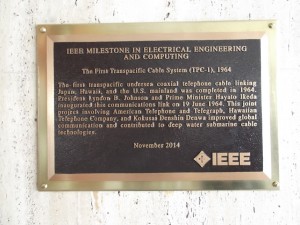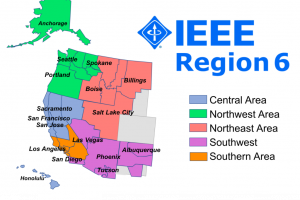IEEE Silicon Valley Technology History committee co-chair Tom Coughlin attended the dedication of an IEEE Milestone in Hawaii for the first Transpacific Cable System (TPC-1) in 1964.
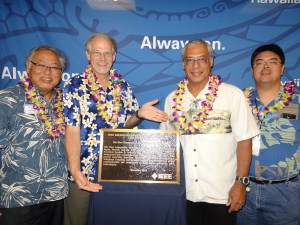
The plaque reads:
IEEE Milestone in Electrical Engineering and Computing
The First Transpacific Cable System (TPC-1), 1964
The first transpacific undersea coaxial telephone cable linking Japan, Hawaii and the U.S. mainland was completed in 1964. President Lyndon B. Johnson and Prime Minister Hayato Ikeda inaugurated this communications link on 19 June 1964. This joint project involving American Telephone and Telegraph, Hawaiian Telephone Company, and Kokusai Denshin Denwa improved global communication and contributed to deep water submarine cable technologies.
The Transpacific Cable System No.1 “TPC-1” was the first submarine telephone cable connecting North America and Asia with a total length over 10,000km. TPC-1 became operational on 19th June 1964 with the congratulatory speeches of President Lyndon B. Johnson of U.S.A. and Prime Minister Hayato Ikeda of Japan noting the importance of the project for the U.S.A. and Japan. It has contributed to a closer relationship and to the mutual development in culture and economy between U.S.A. and Japan.
TPC-1 was a US$83 Million project, which was jointly constructed by AT&T, HTC and KDD, by applying the state of the art technology (“SD” type cable system design) which was developed by Bell Laboratories of AT&T (following previous SA & SB designs). It’s deployment was the first step in the rapid development of submarine telephone cable networks in Eastern Asia, providing large communications capacity between Eastern Asia and U.S.A./Europe.
The technology developed in TPC-1 continues to be the foundation for the construction and maintenance in current fiber optic submarine cables used for international telecommunications today.
